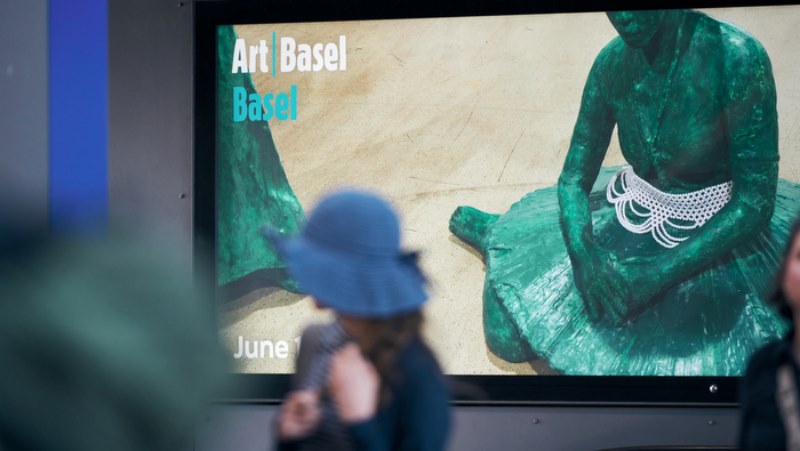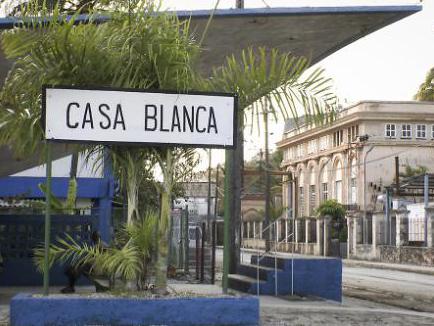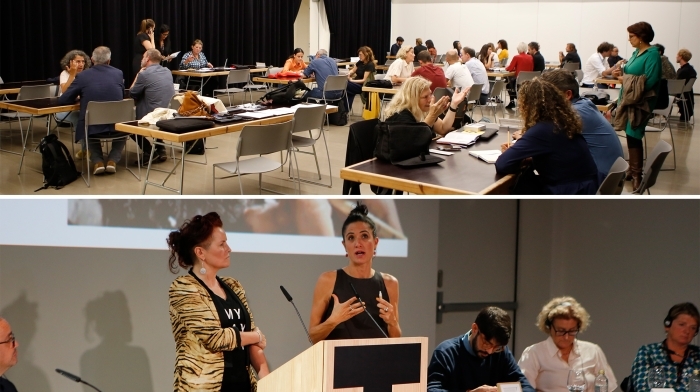By: Clotilde Serrano
I couldn’t make it to the opening day; so I saw much of what happened that day on the television. However, I experienced that feedback, that sensation of enjoying what lives on in the place, in the imagination of locals, because this town by the sea has a special meaning for me. I spent my first years of life crossing the Bay of Havana, and the story of my life connects me with the towns of Regla and Casablanca. So, in spite of the passing of time and my few visits - when I felt disheartened seeing places that mean a lot to me becoming deteriorated- it has been very gratifying to see a community now invaded by good art, with a positive change of its environment.
Personal tour…
As I went deeper into the town I corroborated how those predictions that Casablanca would become one of the main venues for Havana’s 12th Arts Biennial turned out to be correct. A total of 25 artists from more than 17 countries have brought their works to this renewed community. Casablanca is very important in terms of cultural and heritage value, because it served as connection point between the provinces of Matanzas and Havana for the only electric train that existed in the country. In years past, the main economic activities in this town were fishing, the sugar industry and the railroad activity. I missed the conga show that welcomed all those artists who helped changed the setting. Very close to the sea visitors can see the 70 multicolor deck chairs made by Chilean artist Guisela Munita. At the park, Mexican artists have placed a moving engraving workshop where they print pieces made by more than 300 artists from their country. In the meantime, the remodeled Youth Computer Club exhibits video art and offers interactive digital games. Featuring among the other installations at the park is the emblematic stop of the Hershey train, made by the outstanding French artist Daniel Buren. He awakened the interest of contemporary art worldwide by placing striped posters in the Paris subway during the 19970s. At that time, that action was largely connected with what happened in France in May 1968.
The style developed by Buren for many years to bear an impact on urban spaces is the same used to design the old train station recently rebuilt, featuring white and blue strips but quite smaller than the ones that made him an internationally renowned artist. Also worth mentioning is the work by Peruvian César Cornejo, who chose some houses in the neighborhood to repair them and have them exhibit his pieces. Among them is the house of a family of fishermen that now exhibits a beautiful wood and metal installation on the façade.
How this idea was conceived…
Casablanca was chosen for this project because of its topography, because it is a town close to the bay with an industrial and maritime heritage.
This allowed for an exchange of ideas between architects -who had already agreed to implement actions there to rescue the town- and painters, with the purpose of operating on urban spaces while interacting with the community.
In an interview published by the biennial exhibition’s website and made by specialist Bárbara Avello to the architect and professor Renán Rodríguez, he said that the idea was proposed during a workshop involving fifth-year architecture students, whose main objective was to stand out the value of cultural heritage sites that connect different places.
Results…
These modest changes in façades, parks and plazas in Casablanca have had a positive impact, undoubtedly playing a very important role for the culture, heritage and members of the community. This interdisciplinary union of Cuban and foreign creators may result into future projects that could generate new prospects for local development, with emphasis on traditional values. I bid a farewell to Casablanca this time amid the joy of its people and its eternal sea smell.
Source: Cubarte
Related Publications
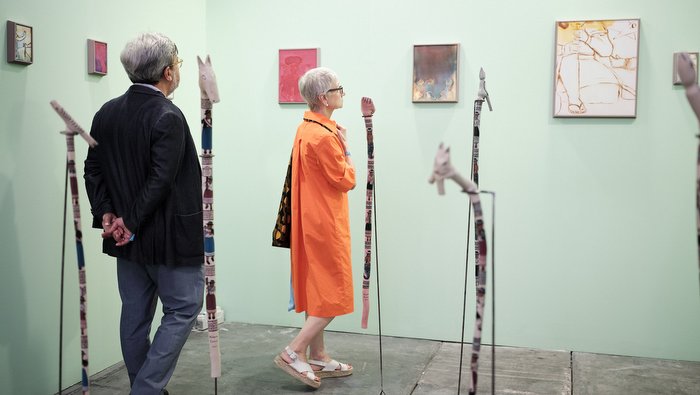
Apply now to Swab Barcelona
April 22, 2024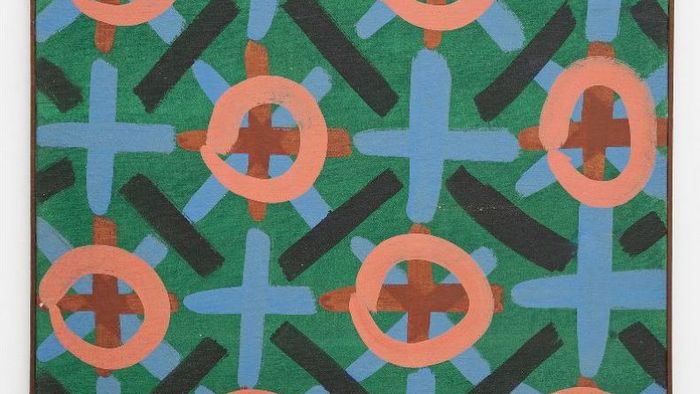
Waldemar Cordeiro: La Biennale di Venezia
April 16, 2024